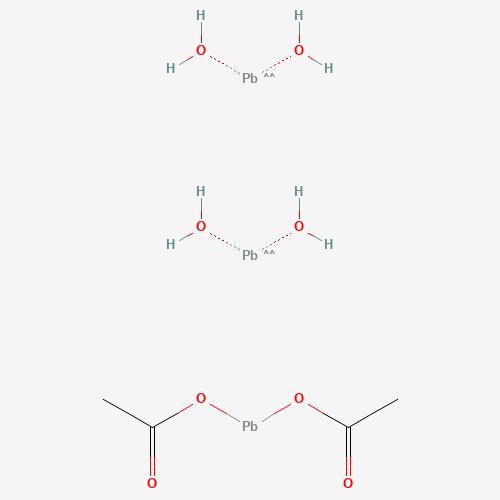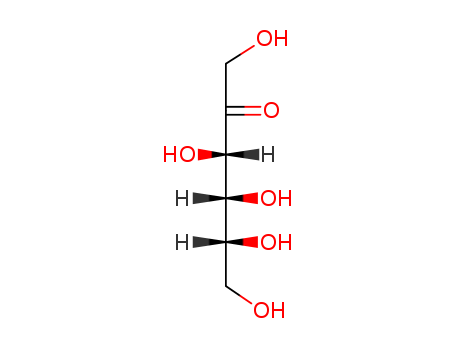- Product Details
Keywords
- lactase
Quick Details
- ProName: lactase
- ProductionCapacity: Metric Ton/Day
- Purity: 98%
- LimitNum: 0 Metric Ton
Superiority
| food additive > > lactase
The product features.
Lactase is pure biological fermentation products, using environment-friendlytechnology, no toxic, harmful pollutants in the production does not produce, it will not cause environmental pollution, but also does not contain any chemical activity of protective enzyme, can be directly used for milk sugar hydrolysis of food,health care products and pharmaceutical industry. Has the advantages of simple operation, strong vitality, hydrolysis stability, low price and other characteristics.
Two. The product index
1, physicochemical index:
Enzyme activity............................................. Greater than or equal to 3000u/g
Water............................................. Less than or equal to 8%
Enzyme activity preservation rate (low half year).................. More than 85%
Lead (Pb).................................... Less than or equal to 1.0mg/kg
Arsenic (as As).................................... Less than or equal to 0.5mg/kg
2, microbial indicators:
Coliform bacteria (MPN/100g)........................ Less than or equal to 40
Pathogen (of intestinal bacteria and pathogenic bacteria): not detected
Three basic properties
System name: -D- a, beta galactoside lactose hydrolyzing enzymes (commonname: lactase)
B, appearance: yellow to light brown powder
C, the role of principle: molecular hydrolysis of lactose in the beta galactosidasekey, make the lactose is hydrolyzed to glucose and galactose and synthesis of a small amount of oligosaccharides lactose.
D, stable performance: the thermal stability of pH in 6.6 ~ 7 under the conditions of 40 DEG C is relatively stable, 2 hours of enzyme survival rate was 90%, more than 45 DEG C, the enzyme activity showed an unstable, more than 50 DEG Cfast inactivation; the stability of pH - pH in 6.2 ~ 8.6 between stable, lower or higher than soon inactivation.
E, the optimum temperature of 39 DEG C:
F, the optimum pH value: pH6.8
Effects of G, metal ions on enzyme activity: by Mn2+, Mg2+ activation, by Ca2+,Zn2+, Cu2+, Fe2+ inhibition.
Details
| food additive > > lactase
The product features.
Lactase is pure biological fermentation products, using environment-friendlytechnology, no toxic, harmful pollutants in the production does not produce, it will not cause environmental pollution, but also does not contain any chemical activity of protective enzyme, can be directly used for milk sugar hydrolysis of food,health care products and pharmaceutical industry. Has the advantages of simple operation, strong vitality, hydrolysis stability, low price and other characteristics.
Two. The product index
1, physicochemical index:
Enzyme activity............................................. Greater than or equal to 3000u/g
Water............................................. Less than or equal to 8%
Enzyme activity preservation rate (low half year).................. More than 85%
Lead (Pb).................................... Less than or equal to 1.0mg/kg
Arsenic (as As).................................... Less than or equal to 0.5mg/kg
2, microbial indicators:
Coliform bacteria (MPN/100g)........................ Less than or equal to 40
Pathogen (of intestinal bacteria and pathogenic bacteria): not detected
Three basic properties
System name: -D- a, beta galactoside lactose hydrolyzing enzymes (commonname: lactase)
B, appearance: yellow to light brown powder
C, the role of principle: molecular hydrolysis of lactose in the beta galactosidasekey, make the lactose is hydrolyzed to glucose and galactose and synthesis of a small amount of oligosaccharides lactose.
D, stable performance: the thermal stability of pH in 6.6 ~ 7 under the conditions of 40 DEG C is relatively stable, 2 hours of enzyme survival rate was 90%, more than 45 DEG C, the enzyme activity showed an unstable, more than 50 DEG Cfast inactivation; the stability of pH - pH in 6.2 ~ 8.6 between stable, lower or higher than soon inactivation.
E, the optimum temperature of 39 DEG C:
F, the optimum pH value: pH6.8
Effects of G, metal ions on enzyme activity: by Mn2+, Mg2+ activation, by Ca2+,Zn2+, Cu2+, Fe2+ inhibition.


 Premiumsupplier
Premiumsupplier




